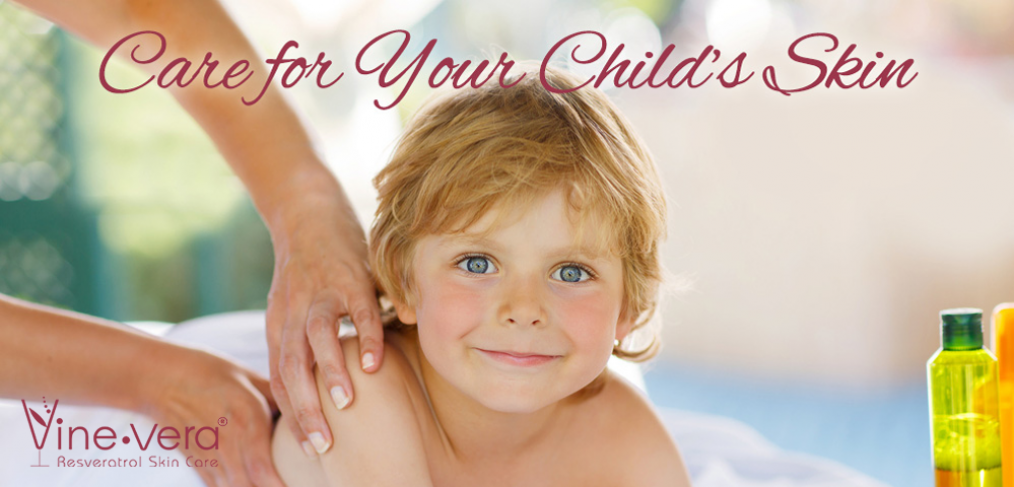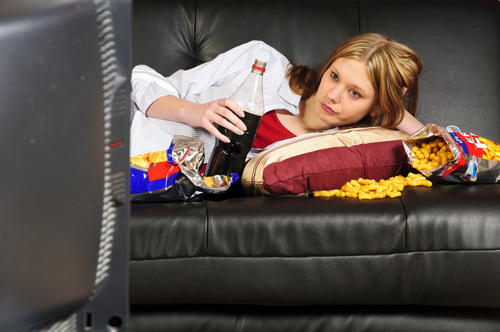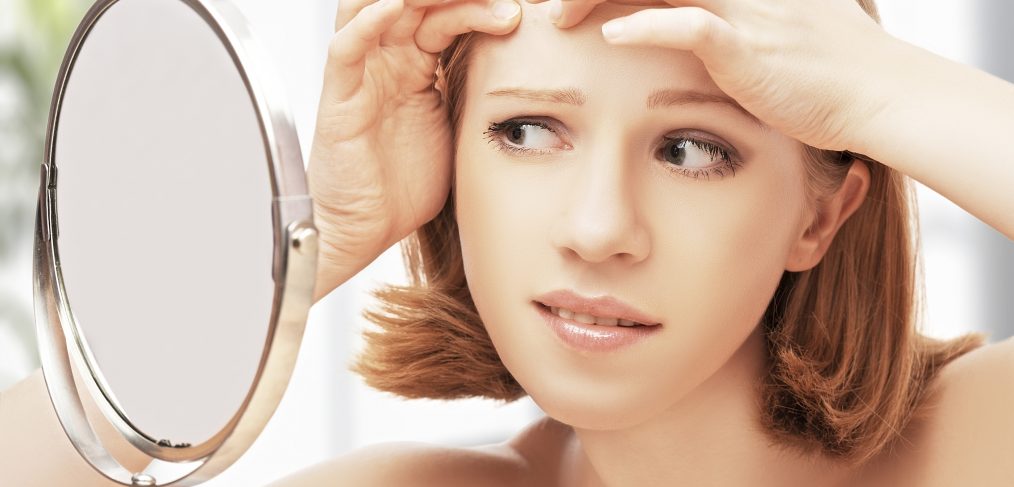It is a fact that we are living longer than ever before in history. The National Institute on Aging states: “In 1970, the average life expectancy at birth in the United States was 70.8 years; in 2008, it was 78 years; and by 2020, the U.S. Census Bureau projects life expectancy will reach 79.5 years.” Not only are we living longer, but our quality of life is steadily improving. Chronic illnesses, diseases and disabilities that were once considered an inevitable part of the aging process are becoming less significant and more manageable. The truth is that aging itself is inevitable, but Resveralife tries to show you ways to slow signs and symptoms of the aging process.
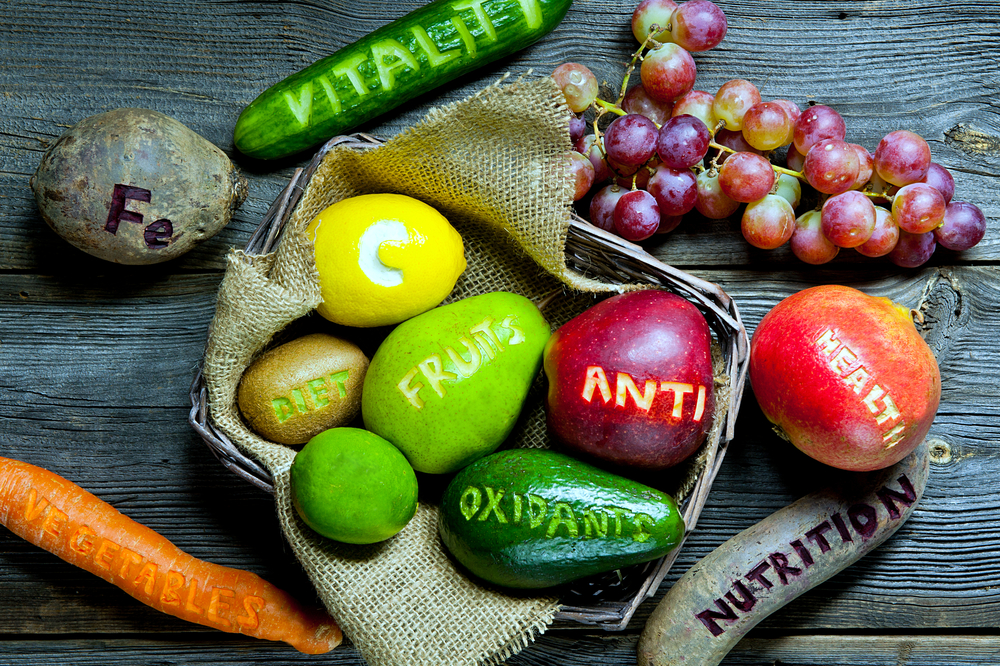
Antioxidants
One of the most talked about areas of health today is the importance of antioxidants. Antioxidants help to protect the body against damage from environment such as free-radicals. Antioxidants are not only beneficial to physical health, but also to the appearance of skin and body. Fruits and vegetables are high in antioxidants and there is research that suggests that increasing the intake of of fresh produce can have a decidedly positive effect on health.
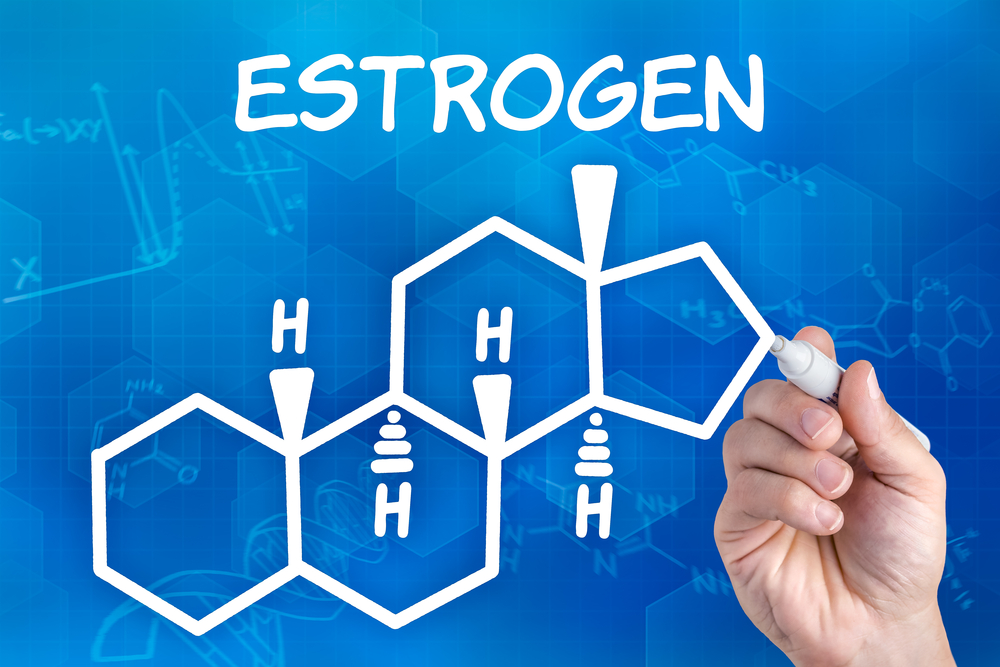
Hormones
Hormones are an important component of much of our lives. As children hormones help us grow into our teenage years. Hormones are largely responsible for other bodily changes, such as menopause. When we reach older age, the level of hormones in our bodies begins to decline, though experts are not quite sure why this happens. There is a story regarding hormones: once hormones are replenished in the body the experience of aging is drastically altered. People who have used hormone therapies say that they experience life as they did when they were young and some go so far as to claim that hormone therapies have slowed their aging. There is little research to support that hormones act as a veritable “fountain of youth.” Because there are multiple theories regarding hormone therapies, experts suggest taking supplements or medications that are prescribed by a physician only.

Reservatrol
Reservatrol is a compound that can be found in grapes, red wines and nuts. While the idea of drinking some Chianti and grabbing a handful of peanuts to combat aging is desirable, the reality is a little more complex than this. The National Institutes on Health cites a study by a staff member at Harvard Medical School that does indeed point to the fact that reservatrol affects the mitochondria, the portion of the cell responsible for energy. The research demonstrated that reservatrol does activate enzymes known as sirtuins. While red wine in moderation may help to slow aging, it is best to consult a doctor prior to beginning reservatrol supplements. That being said, the ideal way of making the best use of resveratrol is to use for skin products that contain this anti-aging ingredient.
The most effective way to slow aging is to maintain a healthy, active lifestyle. A diet full of whole grains, fresh produce and lean meats and dairy products will provide the necessary vitamins and nutrients needed for a healthy, strong body. A proper skin care routine will protect your skin from accelerated aging and free radical damage. Moderate exercise for 20 to 30 minutes five times a week also keeps the muscles strong. While the aging process can be slowed, it is going to happen. Aging gracefully always includes a healthy diet, proper skin care, strong body and sense of humor.



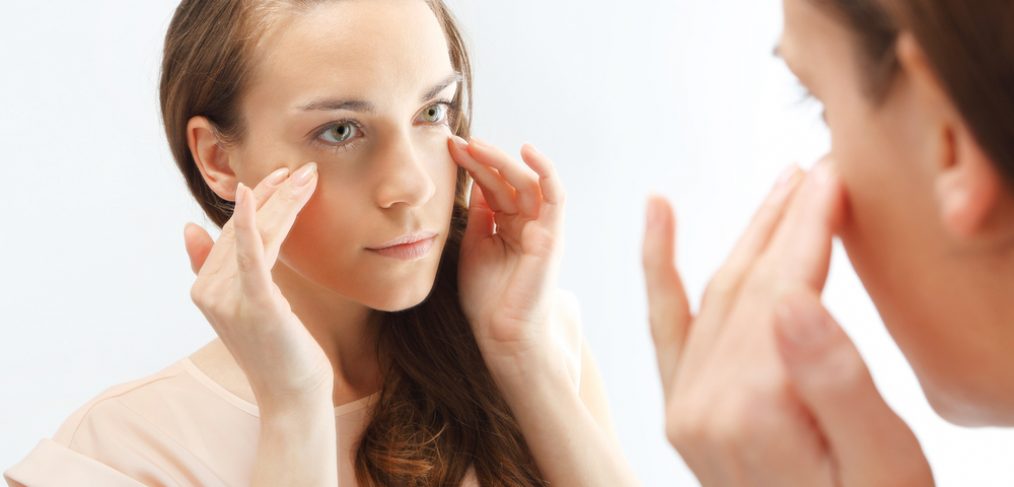
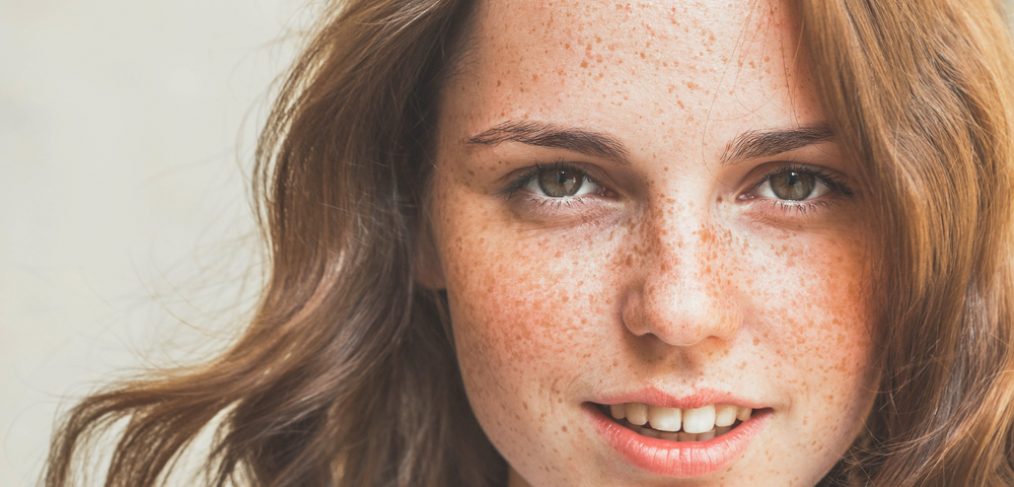
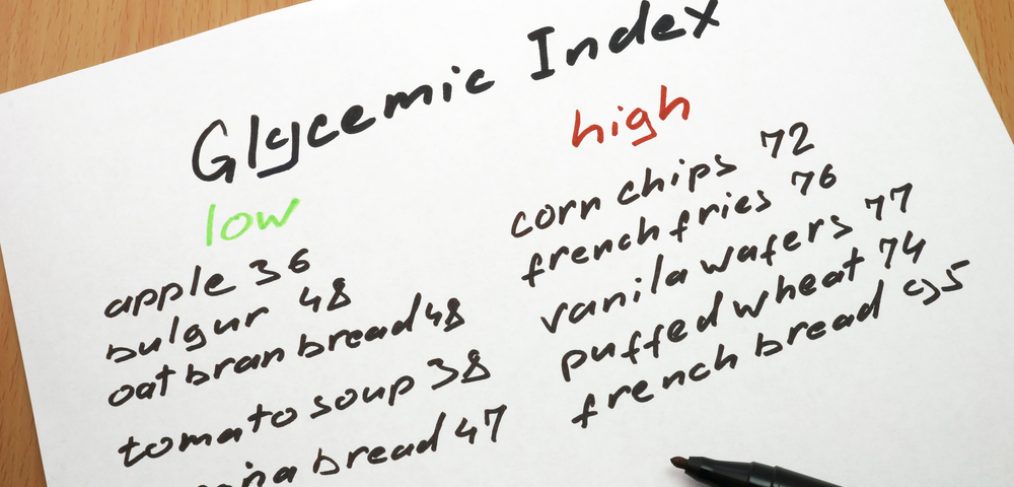
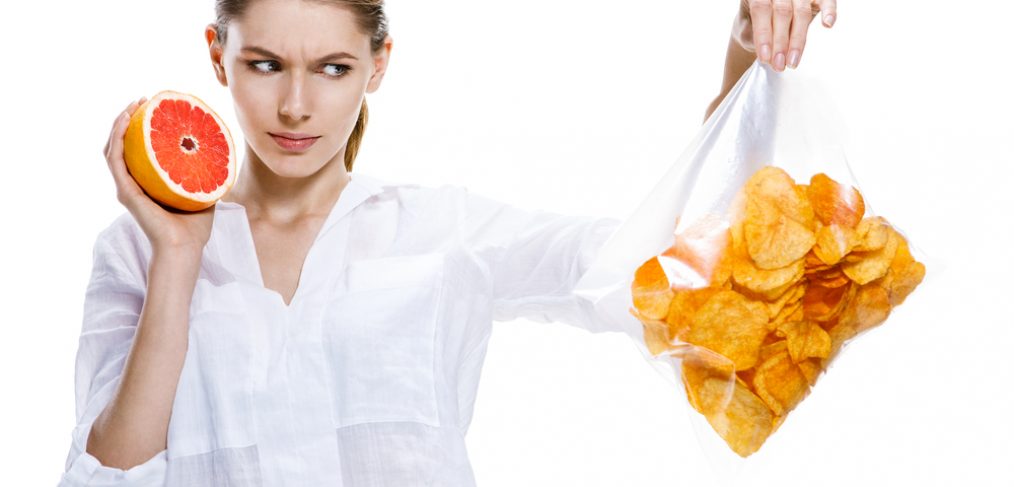
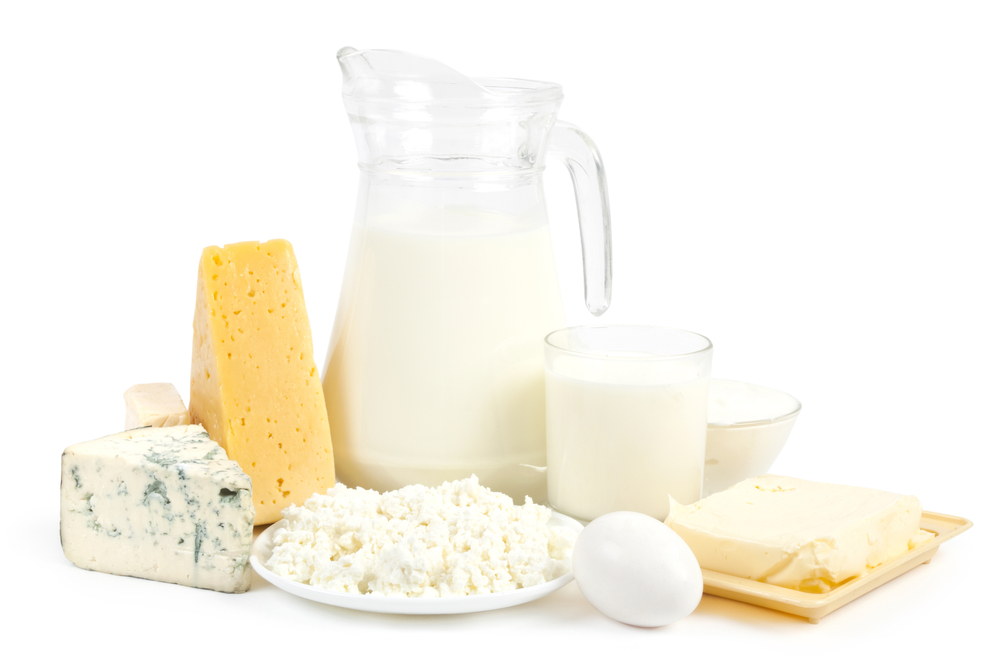 Dairy
Dairy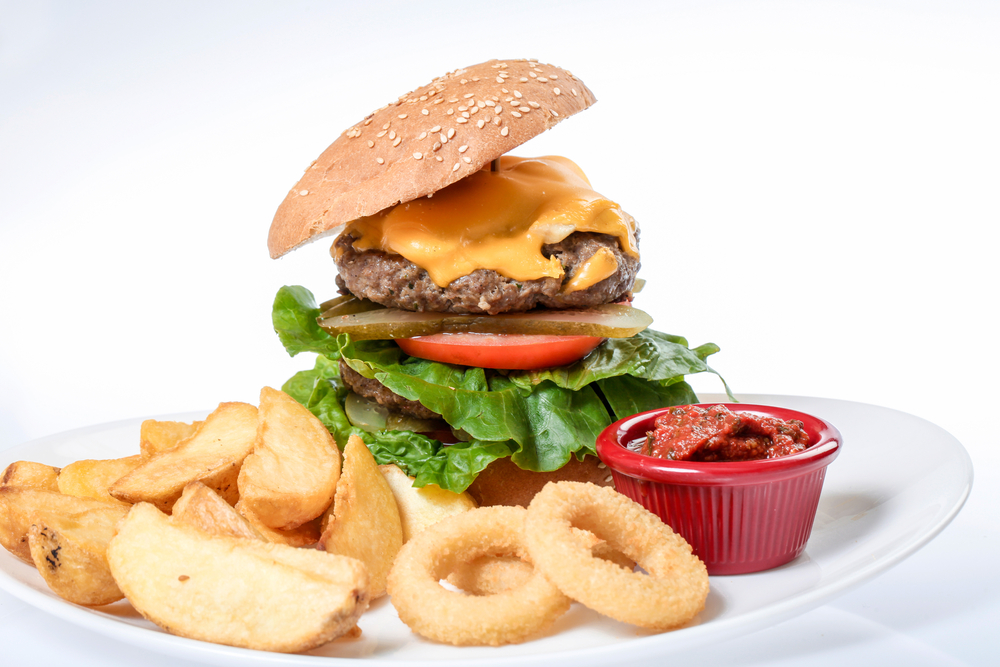 Fats
Fats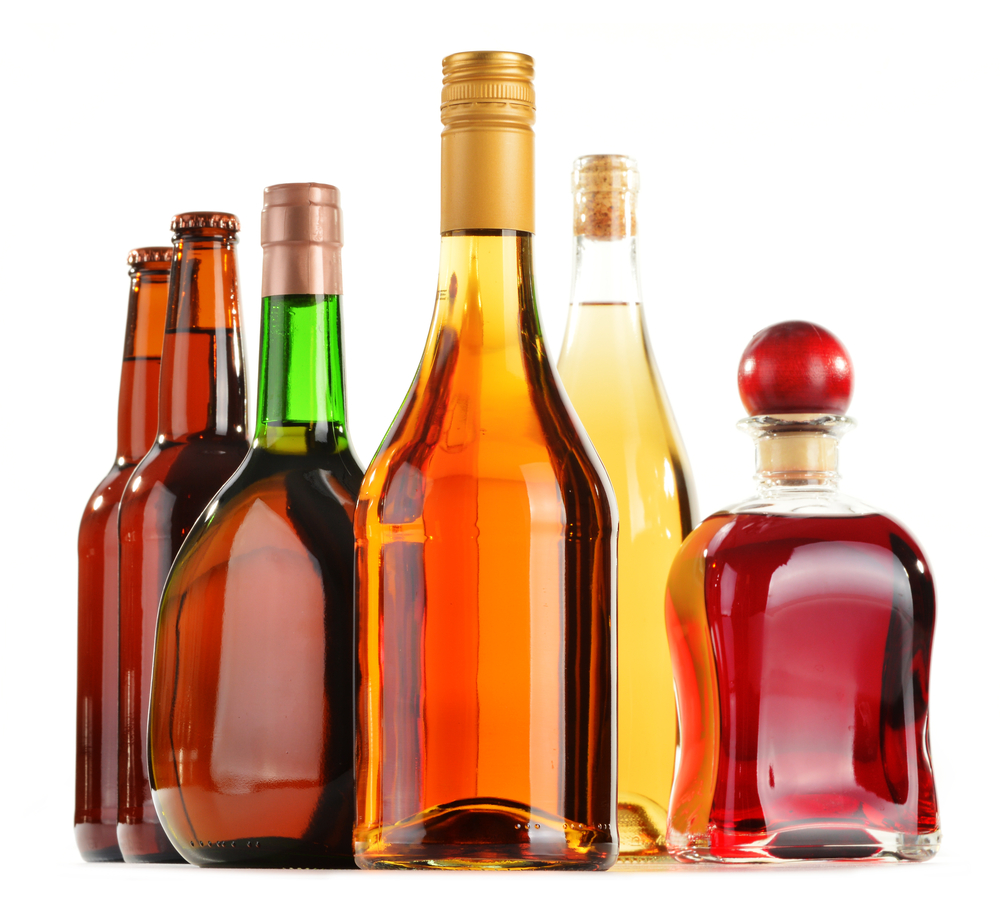 Alcohol
Alcohol